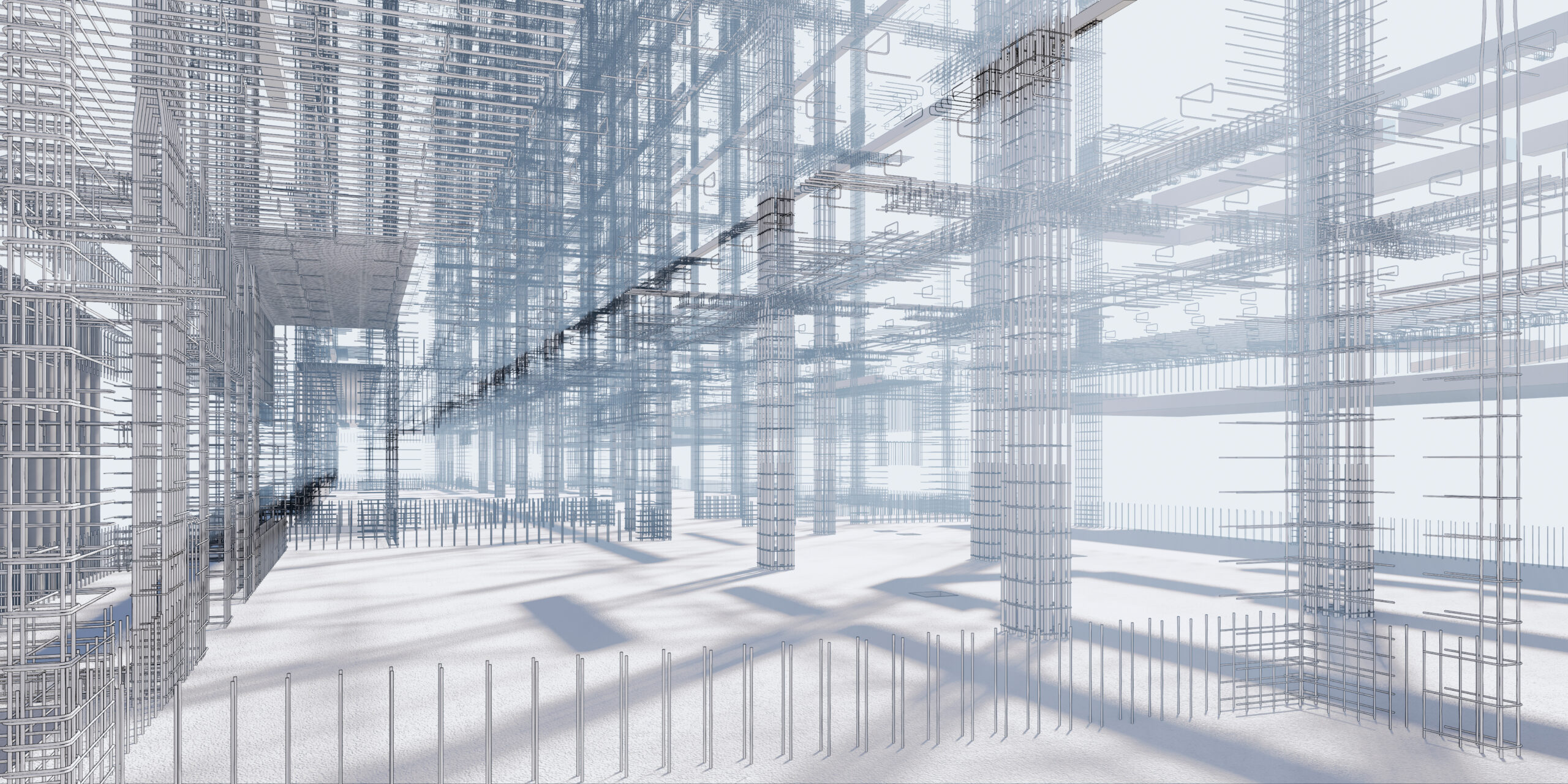Preconstruction – BIM and AI
Embrace the future of preconstruction – BIM and AI are groundbreaking technologies that revolutionize cost planning and construction management. While the commercial real estate industry is still familiarizing itself with Building Information Modeling (BIM), early adopters are already reaping significant benefits throughout their projects’ lifecycles. By incorporating 4-D and 5-D elements, BIM equips stakeholders with unparalleled capabilities to manage a project’s design, costs, and schedule concurrently, offering a new approach to preconstruction and construction costs.

Cost Estimating in Preconstruction – BIM and AI
One of the most remarkable advantages of BIM in preconstruction is its ability to provide precise cost estimates. BIM’s 3-D representation of a building’s physical and functional characteristics enables project stakeholders to visualize the building geometry, function, and environmental site elements early in the design stages. BIM models encompass structural foundation and framing elements, HVAC, Electrical, Plumbing, and Fire Protection elements (MEPF), exterior enclosure, and interior finish selections.
By factoring in construction schedules and costs as 4th and 5th dimensions connected to design elements, BIM serves as a comprehensive planning tool that empowers stakeholders to manage projects more effectively. Construction estimates play a crucial role in planning and managing construction projects throughout the design life cycle and this innovative approach to estimating construction costs not only minimizes guesswork but also uncovers potential issues early, resulting in time and cost savings throughout the project. They offer stakeholders an idea of expected costs and help allocate resources efficiently with each stage of BIM model offering varying levels of detail and accuracy.
Facilities Management
BIM models further streamline the process of identifying equipment and material specifications for building end-users. BIM models, particularly 7-D models, subtly enhance the process of identifying equipment and material specifications for occupants. For instance, if a company’s on-site facilities and maintenance team needs to repair or replace faulty HVAC equipment, a readily available and accessible BIM model can expedite the process by providing an as-built condition of the building’s various elements, including equipment specifications (model, make, O&M manuals, etc.). This advanced level of BIM integration ensures a seamless and efficient approach to facilities management.

Overcoming Challenges in BIM Adoption
Despite its numerous benefits, BIM adoption faces obstacles in the architecture, engineering, and construction (AEC) industry, which is often resistant to new technologies. BIM implementation necessitates higher design costs and a commitment from architects and design consultants to integrate BIM into their workflow process. An AutoDesk report revealed that even those who have incorporated BIM into their firms are using the technology in only 50% of their projects. However, as BIM continues to gain momentum, it is expected to become more cost-effective and accessible to a wider range of projects.
The Exciting Future of BIM and Artificial Intelligence
As we look ahead, artificial intelligence holds the potential to propel BIM into realms once deemed unimaginable, transforming the construction industry in unprecedented ways. In the years to come, physical building elements, such as steel beams, concrete slabs, and even plumbing components, may be equipped with chips and sensors that enable them to communicate with a central “BIM module.” This technology would allow builders to determine if a beam is installed correctly and functioning according to its structural design intent, providing real-time feedback on the status of each element during the construction process.
If a building component is not functioning as intended, its sensors would relay any issues or faults to the BIM module, allowing for prompt identification and resolution of problems. This proactive approach to construction would significantly reduce the risk of costly mistakes and rework, ultimately saving time and money. Furthermore, AI-powered BIM modules could learn from these errors, improving the construction process over time by offering predictive insights and suggesting optimal solutions.
This advancement could also benefit potential buyers of a building by providing them with a comprehensive “building diagnostics” report in the form of a BIM model with identified risks and concerns. This detailed analysis would eliminate guesswork and intrusive inspections, streamlining the acquisition process and increasing transparency and efficiency. In addition, AI-powered BIM models could simulate various scenarios, allowing potential buyers to evaluate the building’s performance under different conditions, such as energy consumption, maintenance costs, and the impact of potential modifications or expansions. This information would enable more informed decision-making, ultimately leading to better investments and improved building performance.
Conclusion
BIM is poised to redefine how we approach preconstruction, estimating, and construction costs. By offering a more comprehensive and accurate representation of a building’s design, BIM empowers stakeholders to make well-informed decisions, ultimately leading to more successful projects. As the industry continues to adopt BIM and integrate it with artificial intelligence, we can anticipate even more thrilling advancements in the coming years, making the AEC industry more efficient, innovative, and cost-effective.
Don’t miss out on the transformative potential of BIM for your projects! Contact us today to learn more about how we can assist with preconstruction planning and estimating, leveraging the power of BIM to enhance your project’s success. Stay ahead of the curve and position your company for a brighter future in the rapidly evolving AEC industry.
